Whether you’re moving from an apartment or your smaller “starter home” there is a lot that goes into deciding where and what your next home will be. First things first: location, location, location! Where will your new home be? What criteria are you using to decide? Maybe you want to be within a certain school district, or close to a particular school. Is being close to work a priority? Is the size of the home important – how many bedrooms and bathrooms do you need?
These and other questions need to be answered to help you find the perfect new home. Team up with a real estate agent and go house-hunting. You may find the home of your dreams already exists. On the other hand, maybe it doesn’t. If you fall into the latter category, the staff at Acipe Design can help you answer all these questions and design and build the home of your dreams.
Table of Contents
Before You Start: Questions to Ask Yourself
As we stated in the intro, there are a number of questions you need to ask yourself before deciding whether to buy or build.
- Where do you want to be? This can include school districts, proximity to family and friends, distance to work, or accessibility to services like grocery stores, doctors, gas stations, and more.
- What size home do you need? You may be expanding your family, or starting to work from home and need dedicated office space. Maybe the home chef in the family wants a larger, more functional kitchen or the craftmaker in the family needs a space to spread out. Whatever your reasons, narrow your home search even more by home size.
- Do you want a large plot of land? Keep in mind larger plots are often on the ‘outskirts’ of town and you’ll have a longer drive to work, school, and conveniences and services. Plots closer to town are often smaller.
Existing Homes
There are a number of benefits, but also drawbacks to existing homes. You’ll want to consider these when you make your list that will help you decide whether purchasing an existing home is right for you.
Pro: Existing Homes Already Exist
This sounds like a no-brainer, but one of the top benefits of an existing home is that it already exists. It may be turn-key: all you need to do is pack up your stuff and move in. You won’t need to wait through a months-long build that may include scheduling delays due to weather, labor shortages, or materials shortages.
Con: Existing Homes May Have Damage
If you do decide to buy an existing home, don’t waive the inspection just to get in and unpacking. Existing homes, no matter their age, may have damage lurking behind the walls. Things like cracked foundations, leaky basements prone to flooding during significant rain events, termites, and more may need to be fixed before you move in. A plus side to this con: you may be able to negotiate a lower price, or request the seller make needed repairs before closing the sale.
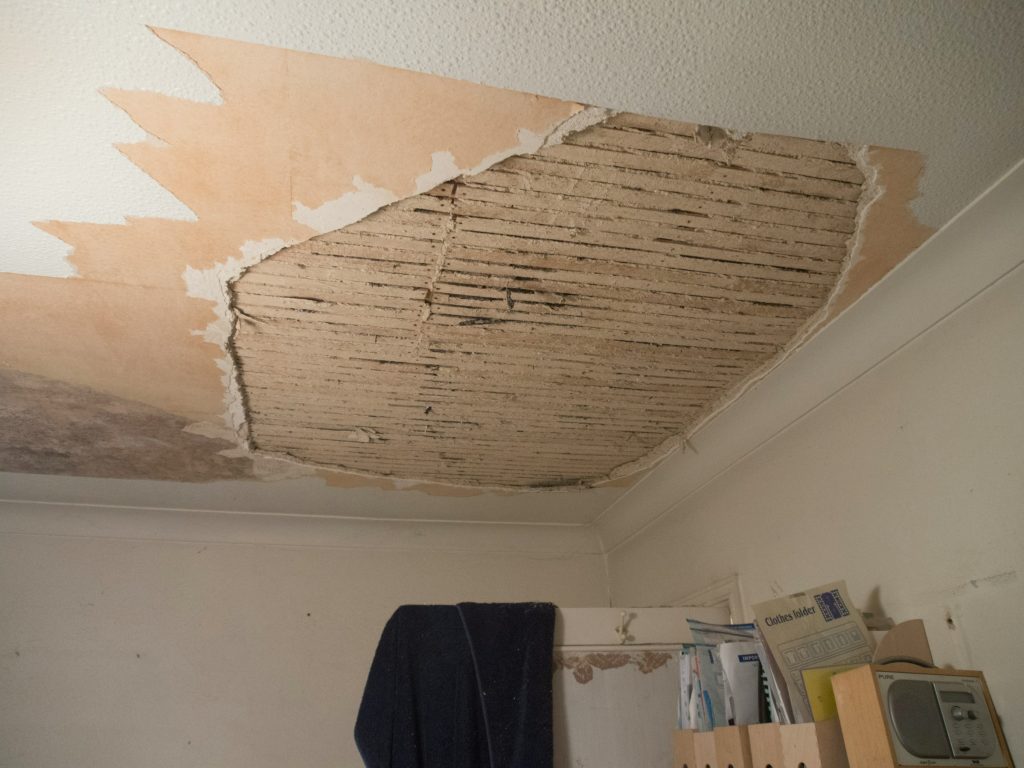
Pro: It’s Easier to Imagine Yourself at Home
When you walk into an existing home, you see walls, flooring, bedroom and bathroom sizes, ceiling heights, and all the details of home. You can imagine things like furniture placement and how your family will utilize each space. Kids may even run around the house to find their favorite bedroom.
Con: You’re Buying Someone Else’s Imaginings
At one point, the home you’re walking through was a new-build, whether or not it was custom-designed and built. Unless you’re looking to do some renovation work, what you see is what you get.
Pro: You’ll Have Neighbors
Existing homes are in neighborhoods full of other existing homes. You’ll be able to meet your neighbors and strike up friendships while you’re still looking. Their friendly or reserved behaviors may help you choose the community that’s right for you. Custom homes are built in neighborhoods with other custom homes, many with empty lots or lots under construction that are unoccupied. Less people in the neighborhood means less chance of making friends and building relationships.
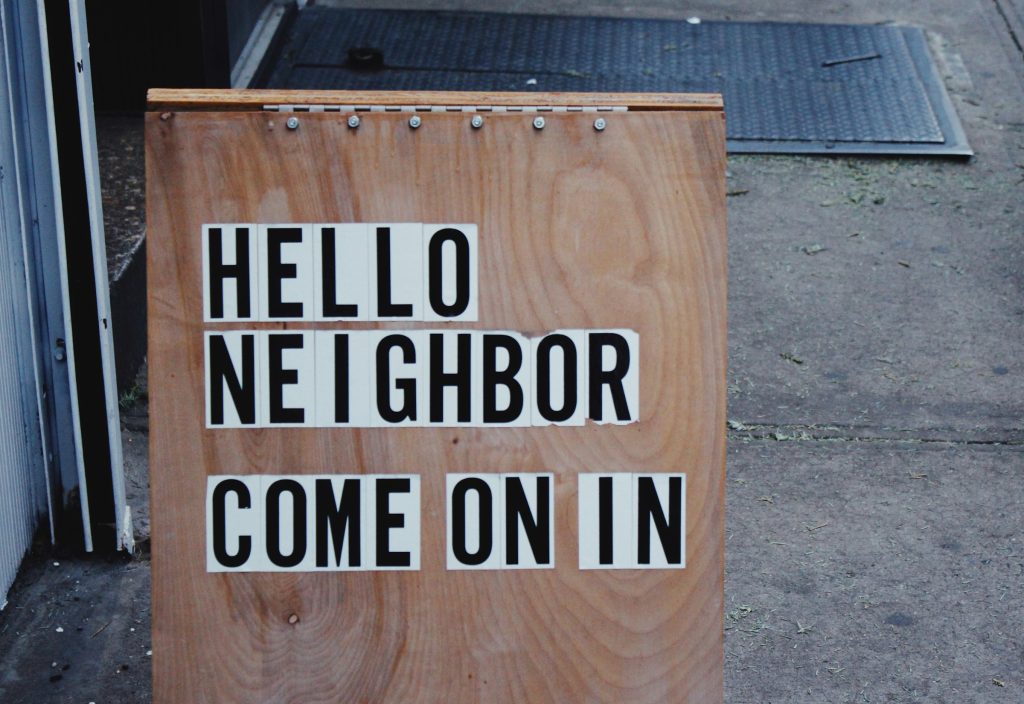
Con: Neighbors Are Set in Their Ways
Neighbors can see new residents as a disturbance to their way of life. You may not want to let your neighbor cut through your back yard on the way to the community park, even though the old neighbors didn’t mind. You may have been used to borrowing you’re neighbor’s yard equipment but people in this neighborhood all keep their own.
Pro: Affordability
Existing homes are priced more affordably than custom built. On top of that, you can often negotiate a price down based on inspections, try to entice a seller with a lower cash offer, or try for mid-range with a house that has been on the market for a while.
When you build a custom home, you’re paying for everything at retail price. If you can budget and stick to it, including a little for contingencies, a custom vs. existing price tag may even out, but existing homes almost always have a leg up in the affordability category.
Con: Hidden Costs
If you’re wondering why the big, beautiful existing home of your dreams is so inexpensive, dig a little deeper. A smart seller has the home appraised before putting it on the market to help determine an initial listing price. They may not have had a recent inspection and considered updated wiring, newer energy-efficient appliances, old pipes, and other repairs or replacements you may need to make after move-in. Depending on the age of the home, it may not include today’s energy-efficient appliances many buyers are looking for.

Tip: avoid such costs or negotiate their price into your offer after having your own inspection of the home completed.
Pro: Availability
Unless your inspection found some urgent repairs – like a cracked foundation or leaky basement – an existing home is available for move-in right after closing. You sign the documents and the sellers hand over the keys so you can drive to your new home and start moving in.
You could be waiting months or even more than a year for a custom home to be designed and built. If you’re looking for a quick move, custom may not be for you.
Con: Buyer’s Remorse
Your need to move quickly (and even your real estate agent’s encouragement to make a quick sale) could lead to some buyer’s remorse after move-in. You may feel like you didn’t consider everything as much as you should have, and feel like you made a hasty decision based on your need and want to move quickly. This may happen much further down the road than shortly after moving in.
Pro: Unique Storage Space
Depending on the age of the home, storage needed to be handled in a unique way. Utilizing smaller spaces required creative thinking that didn’t always lend itself to full-size closets, multiple shelves, and other storage solutions we have in newer homes, or the storage you can create in your custom home.
This unique storage concept can add interest – and potentially value – to an existing home. The home I grew up in featured unique linen and bathroom storage. Built in the 1950s by a very creative home designer, the storage includes an upper cabinet with multiple large shelves – with dimensions perfect for storing stacks and stacks of sheets, towels, and blankets. Below that were two very deep drawers of the same width and length of the cabinet where we stored other bathroom supplies like cotton swabs, toilet paper, and my mother stored her basket of cosmetics.
Con: Potentially Less Storage Space
Older, smaller homes often have less storage space. Bedroom, linen, and coat closets are smaller, and basements lend more to utility (washers and dryers, HVAC systems, etc.) than dedicated storage. Again, depending on the age of the home, there may be plenty of storage for your needs.
Custom Homes
At Acipe Design, we listen to your needs and wants and help you design the perfect home that customized to your needs and wants, from the floorplan to the knobs on kitchen and bathroom cupboards. We’ll discuss these Benefits of Custom Homes and answer any questions you may have.
There are also some downsides to custom home building, but as a custom home design-build firm, the staff at Acipe Design can help turn those cons into pros that will have you sitting down with us to discuss your dream home.
Pro: Customization
It’s in the name: custom home. That means you can decide on everything from the design of the building itself to every little detail inside. A custom home is built to your specifications, whatever they may be.
When you build a custom home, that home will be full of your personality and your dreams, not the personality or dreams of the previous homeowner.
Con: Decision-Making
When you have the ability to make every single design choice related to your new home build, it can be overwhelming. A budget can help reign you in and narrow your choices, but when you’re faced with the smallest decision like the style and color of door stops, you may become overwhelmed.

Pro: Everything is Brand New
Designing and building a custom home means everything is brand new. You know that all of the plumbing and wiring is installed to the most current codes and the quality of building materials is top-notch. You don’t have to worry about cracks in the foundation, termite or flood damage, or any of the other problems that may plague existing homes.
Additionally, brand new means warranties are still in full effect and any damage or malfunction that falls under the warrantee will be covered at no cost to you, even if it means full replacement.
Con: Brand New Can Mean Too New
It’s great to have brand new items, especially when it comes to major appliances. Installers will haul in your new energy-efficient washer, dryer, fridge, and stove, hook it up and forget it. It’s up to you to run each machine for the first time, and experience any flaws.
Pro: Energy-Efficient
Even if you didn’t set out to build a green, energy-efficient home, many of today’s building standards include these practices by default. Additionally, most new appliances carry EnergyStar approval, and official seal that the product functions at the highest energy efficiency possible. Read our article on The Role of Energy Efficiency in Custom Home Building for more information.
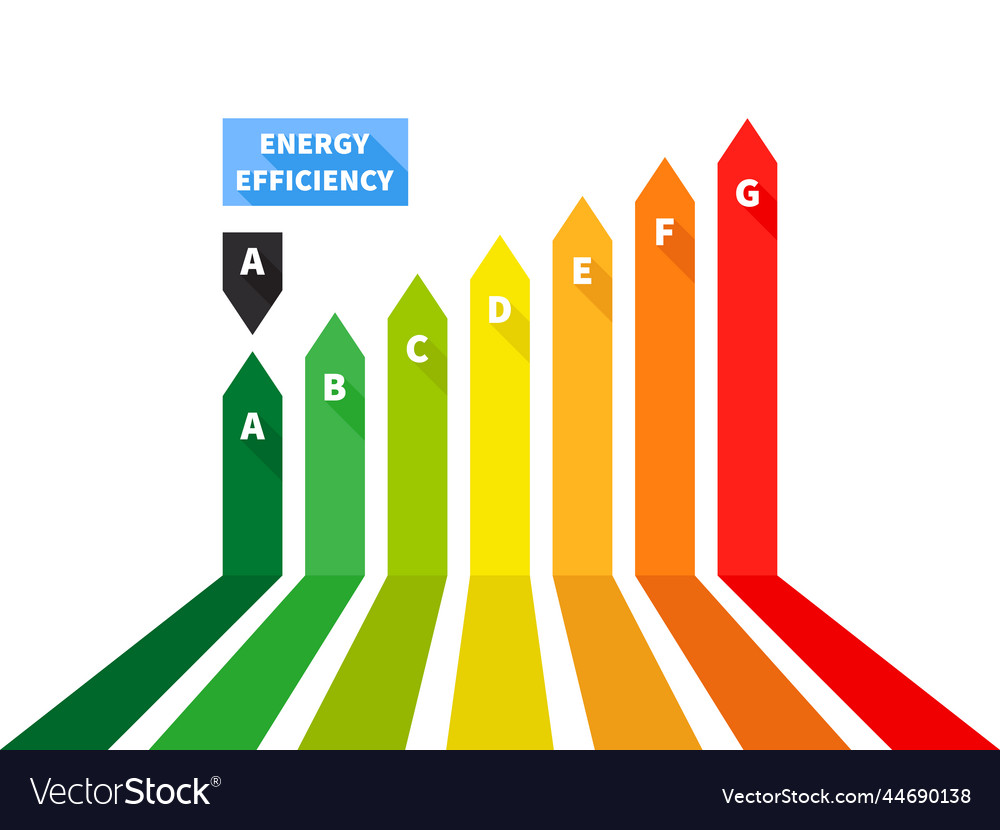
Con: There is None
When it comes to energy-efficiency, there is no down side to it. Even historic buildings like those on the campus of Michigan State University have look to retrofitting systems for energy efficiency while still staying true to historic roots.
The building and construction industry has been working diligently over many decades to reduce waste and its resulting carbon footprint. Your new home reaps the benefits: lower costs, natural resources saved, and a smaller impact on the surrounding environment.
Pro/Con: Lot Size
Depending on where you build, this can be a pro or a con. There are many custom home neighborhoods where you can reach out your window and hold hands with your neighbor. Still other neighborhoods come with large lots of an acre or more. We can help you Choose the Perfect Lot for Your Custom Home, too.
Pro: The Perfect Location
When you decide to build a custom home, just as when buying an existing home, one of the first things you think about is location. Where do you want to be? What services do you need to be close to? Do you want to walk to work or school? Existing homes may not be in the locations you need, but the perfect lot for your custom home may be.
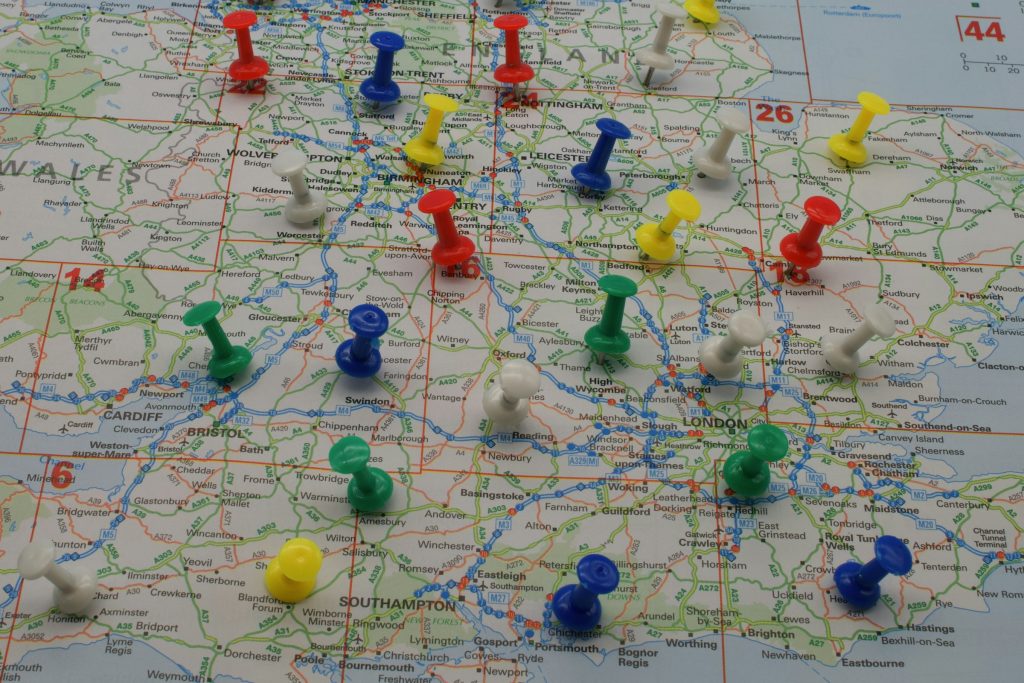
You can choose a lot that’s close to where you want and need to be that also meets your criteria for size, desired view, and other property must-haves.
Con: Site Prep
You may have found a property that is already prepared – drainage and grading complete, utilities ready to be installed, etc. – but these are things that often need to be done after you purchase the land. Taking these steps to prepare the land for the task of building a custom home can be costly and time-consuming. When you want to be in a new home sooner rather than later, purchasing the land, prepping the land, and building the home may be out of budget.
Pro: Less Maintenance
Since everything is new, warranties are still in tact, and you’ve used quality building materials, there’s less need for maintenance. Materials designed an constructed to meet today’s building codes will last longer and run more efficiently than their older counterparts. Replacement and maintenance won’t be a worry for a long time.
Con: We’re Still Looking for One
Much like there being no con to the energy-efficiency of custom built homes, you’ll be hard-pressed to find anyone who objects to having less home maintenance to deal with. Rather than dealing with home maintenance, whether it’s a DIY project or you’re supervising experienced and licensed contractors, you can be out spending time with friends and family or enjoying a favorite hobby.
Pro: Property Value
The property values of new custom homes are much higher than many existing homes. Custom homes are built to a high-quality top-notch standard that meets or exceeds minimum building codes. You can add all the latest tech and energy-efficient systems other homebuyers are looking for in existing homes, making your property worth more.

Adding these things now also means when it’s time to step into the seller’s shoes down the road you can command a higher asking price, especially when you keep things up-to-date. Read more on How to Incorporate Smart Technology in Your Home Design.
Con: Cost
That higher property value comes at a cost. Since you’re buying everything brand new, usually at retail price, the cost can add up quickly. Start your project with a budget and a list of your must-have features so you can focus your time and money. You’ll have a higher property value without it costing your life savings.
Additionally, there is less room for negotiation on these costs. Contractors and subcontractors have their own costs for running their business to consider and may not be able to be as flexible as the seller of an existing home. When you choose Acipe Design, we can help Budget for a Custom Home.
Pro: Set the Schedule
When you sit down with the staff of Acipe Design to discuss your dream home, we’ll also discuss your timeline and schedule. No matter why you have a specific move-in date in mind, we’ll do our best to stick to that timeline.
Keep in mind there may be things out of our control, like weather, materials on backorder, labor shortages, and more that can affect the schedule. No matter the problem, we’ll work with our team to keep your project on schedule so you walk into your new home as close to that date as possible.
Con: Time to Build
A ‘pro’ that existing homes have that custom homes do not will always be the fact that they already exist. There’s not the wait time of finding and purchasing property, preparing the site, and building the home. You only have to negotiate with the sellers to come to an agreed price and any contingencies regarding improvements or repairs to be completed before move-in.
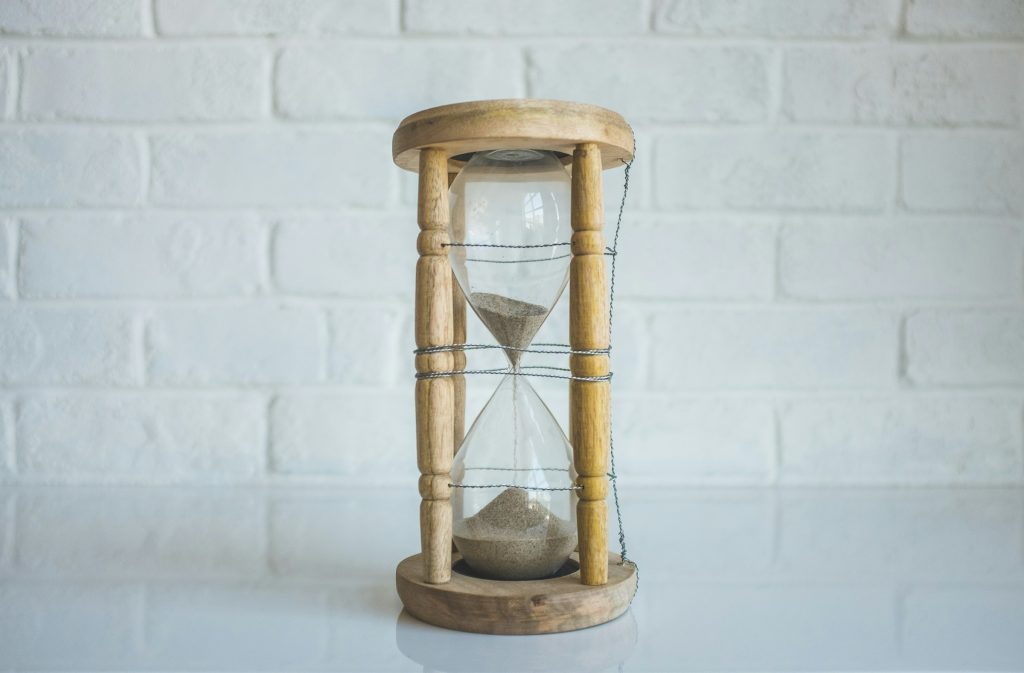
Pro: Storage Space Galore!
We wanted to end on a high note, and for many of our clients, that’s having ample storage. When you design and build a custom home with us, you set the floorplan, including the size of closets, basements, garages, and anywhere else you want or need storage. There’s no con to have a place for everything and everything in that place. Check out our article on How to Design a Home with a Focus on Storage for tips and tricks to integrate storage in unlikely places
Final Thoughts
The final pro to your custom home build is working with a custom home design-build firm like Acipe Design. Building a custom home is a big deal, and we’ll help you every step of the way so you avoid the ‘cons’ from the start.
Contact us today!

